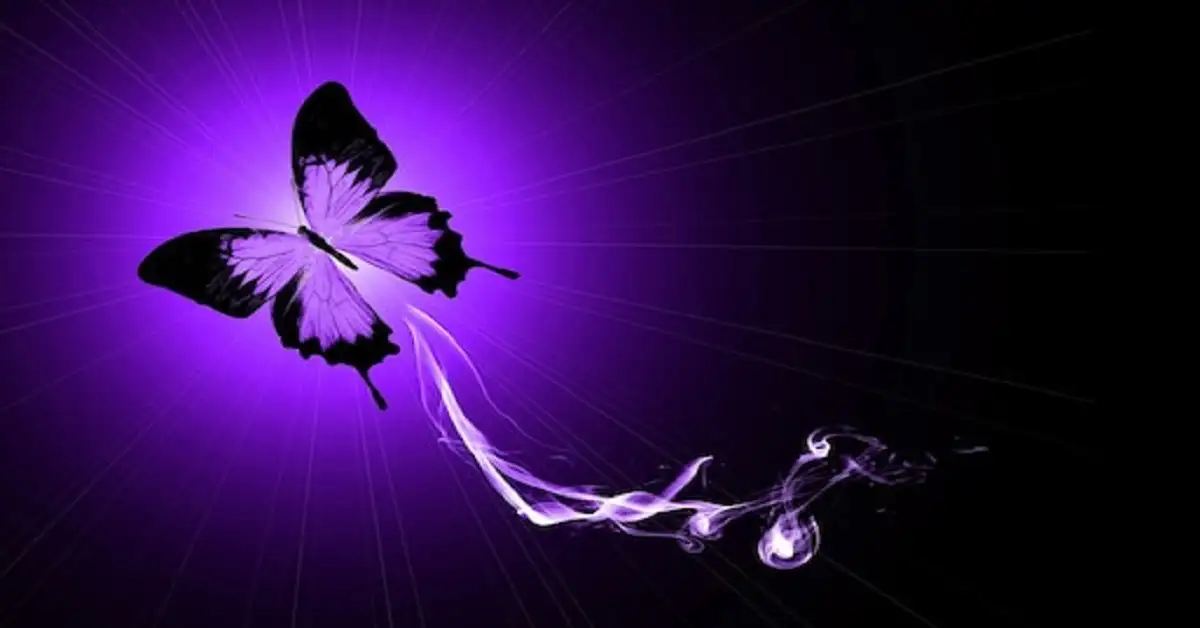The Enigmatic Beauty of the Purple Butterfly
Butterflies have long been symbols of transformation, beauty, and the fleeting nature of life. Among the myriad of butterfly species, the purple butterfly stands out not just for its rarity but also for its mesmerizing beauty. This article delves into the captivating world of the purple butterfly, exploring its habitat, behavior, significance in various cultures, and its role in the ecosystem.
The Allure of Purple
Purple is a color often associated with royalty, mystery, and spirituality. In the natural world, purple is less common than other colors, making purple butterflies particularly special. Their wings, shimmering with hues of violet and lavender, catch the light in a way that makes them appear almost magical. The iridescent scales on their wings reflect light, creating a dazzling display of colors that change with every movement.
Habitat and Distribution
Purple butterflies are found in various parts of the world, with different species adapted to specific climates and environments. Some of the most well-known species include the Purple Emperor (Apatura iris) found in Europe and the Purple Sapphire (Heliophorus epicles) native to parts of Asia. These butterflies thrive in diverse habitats ranging from temperate forests and woodlands to tropical rainforests.
In temperate regions, purple butterflies often inhabit deciduous forests where they can find ample food sources and suitable conditions for breeding. In tropical areas, they are typically found in dense, humid forests where the abundance of flowering plants provides a rich source of nectar.
Life Cycle and Behavior
Like all butterflies, the purple butterfly undergoes a complete metamorphosis, passing through four distinct stages: egg, larva (caterpillar), pupa (chrysalis), and adult. The life cycle begins when the female butterfly lays eggs on host plants. The caterpillars that hatch from these eggs are voracious eaters, consuming large amounts of foliage to fuel their growth.
After reaching a certain size, the caterpillar forms a chrysalis, where it undergoes a remarkable transformation. Inside the chrysalis, the caterpillar’s body is broken down and reformed into an adult butterfly. This process, known as metamorphosis, culminates in the emergence of the adult butterfly, ready to take flight and begin the cycle anew.
Purple butterflies are known for their strong and agile flight. They are often seen flitting through the forest canopy, displaying their vibrant colors. Males are particularly territorial and can be observed engaging in aerial battles to defend their domain. They are also known for their unique behavior of “mud-puddling,” where they gather on damp soil or puddles to extract minerals and nutrients.
Cultural Significance
The purple butterfly holds significant meaning in various cultures around the world. In many traditions, butterflies are seen as symbols of transformation and renewal due to their metamorphic life cycle. The purple butterfly, with its striking color, is often associated with spirituality, mystery, and the supernatural.
In some cultures, the appearance of a purple butterfly is believed to be a sign of good luck or a message from the spiritual realm. In others, it is seen as a symbol of the soul, representing the journey of life and the transformation of the spirit. Artists and poets have long drawn inspiration from the purple butterfly, using it as a metaphor for beauty, grace, and the ephemeral nature of existence.
Role in the Ecosystem
Butterflies play a crucial role in the ecosystem, and purple butterflies are no exception. As pollinators, they help facilitate the reproduction of many flowering plants. When butterflies visit flowers to feed on nectar, they inadvertently transfer pollen from one bloom to another, aiding in the fertilization process.
Additionally, butterflies serve as important indicators of environmental health. Because they are sensitive to changes in their habitat, a decline in butterfly populations can signal broader ecological issues. Conservation efforts aimed at protecting butterflies often benefit a wide range of other species and contribute to the overall health of the ecosystem.
Conservation and Threats
Despite their beauty and ecological importance, many species of purple butterflies face significant threats. Habitat loss due to deforestation, urbanization, and agricultural expansion is a major concern. Climate change also poses a threat by altering the delicate balance of the ecosystems they depend on.
Conservation efforts are underway in various parts of the world to protect these enchanting creatures. Initiatives include the preservation and restoration of natural habitats, the establishment of butterfly reserves, and public education campaigns to raise awareness about the importance of butterflies and the threats they face.
Conclusion
The purple butterfly is a testament to the wonder and diversity of the natural world. Its captivating beauty, fascinating behavior, and cultural significance make it a subject of endless fascination and admiration. As we continue to explore and appreciate the intricacies of nature, the purple butterfly serves as a reminder of the delicate balance that sustains life on our planet and the ongoing need to protect and preserve our natural heritage.
